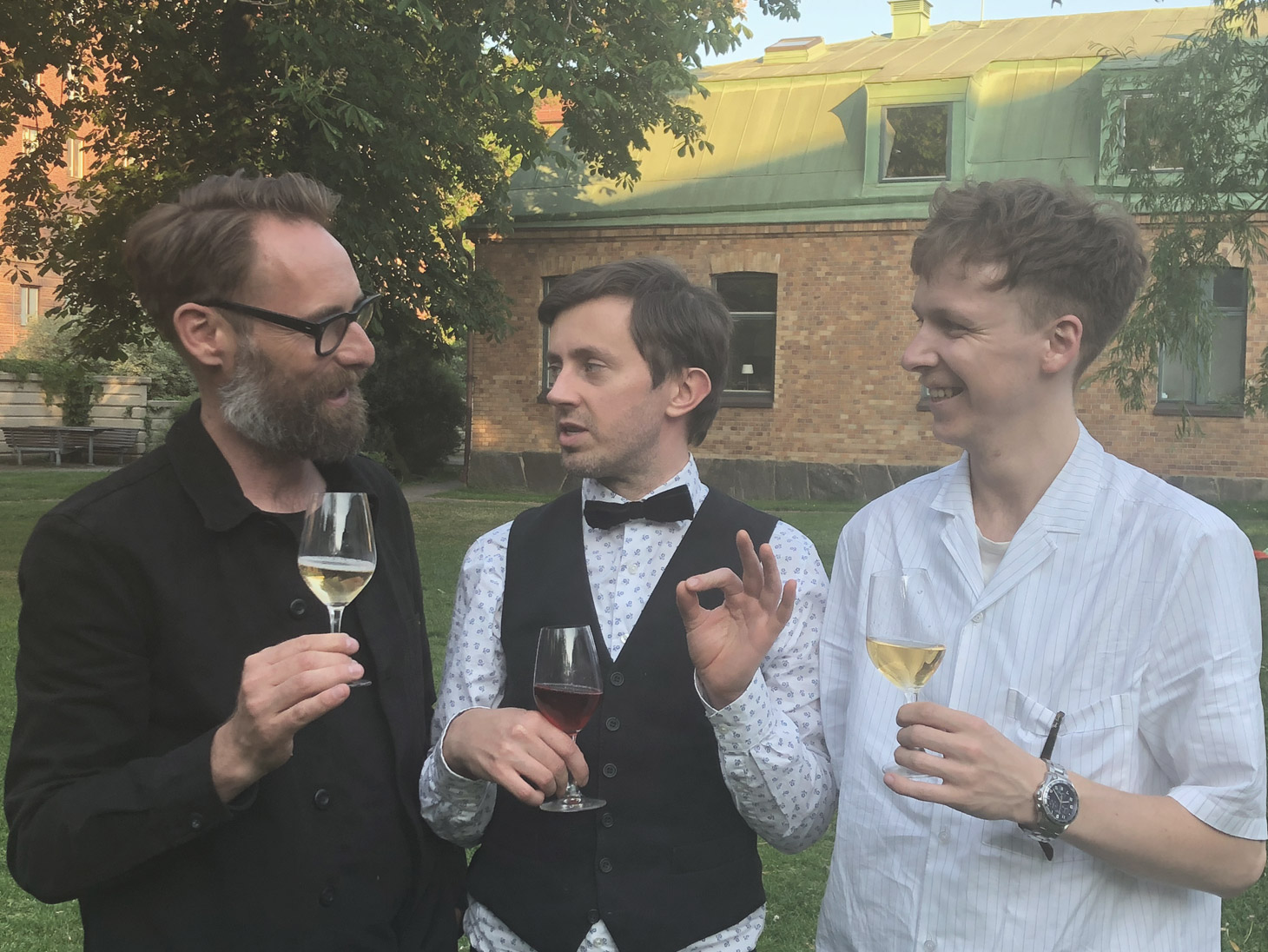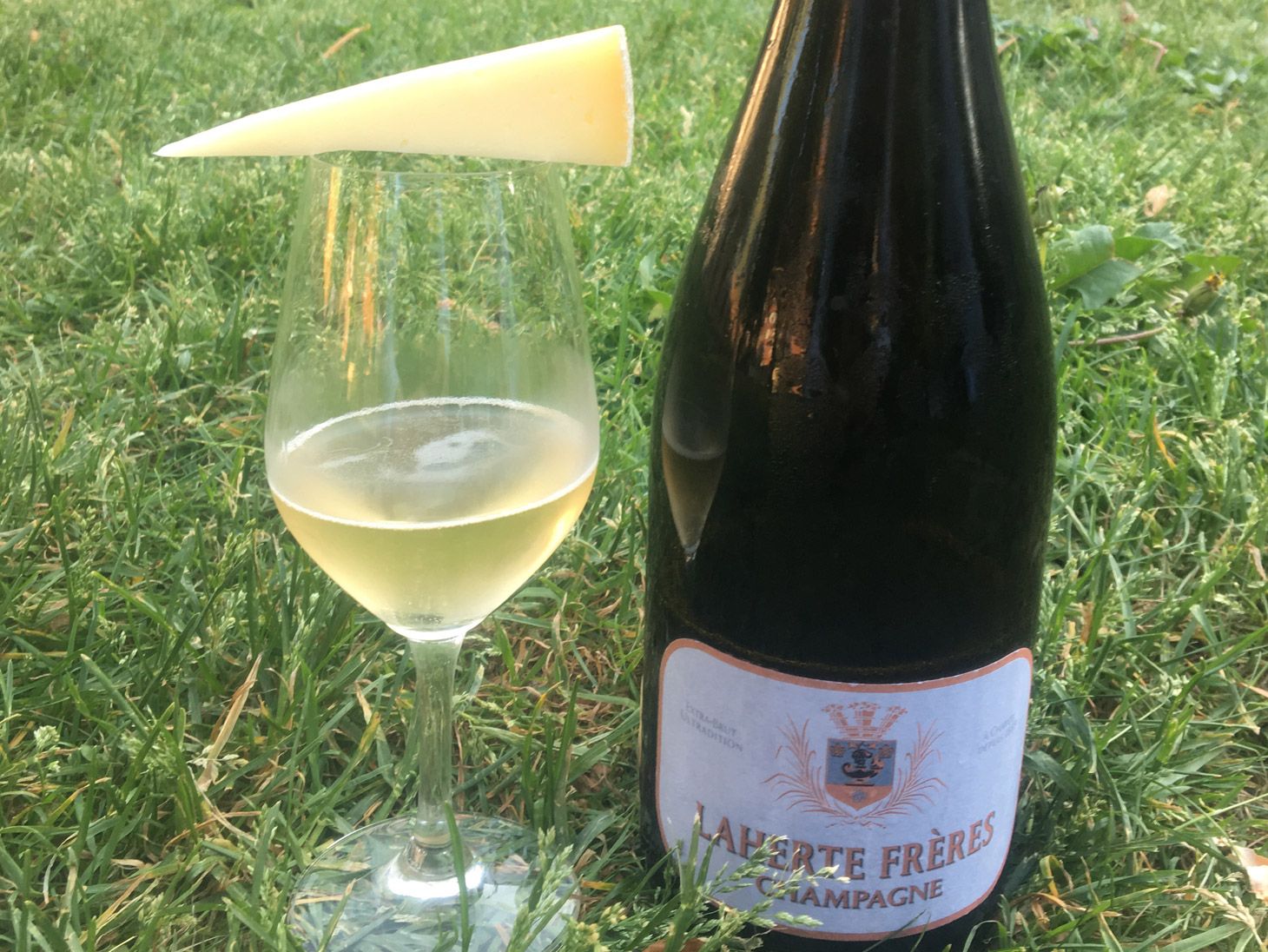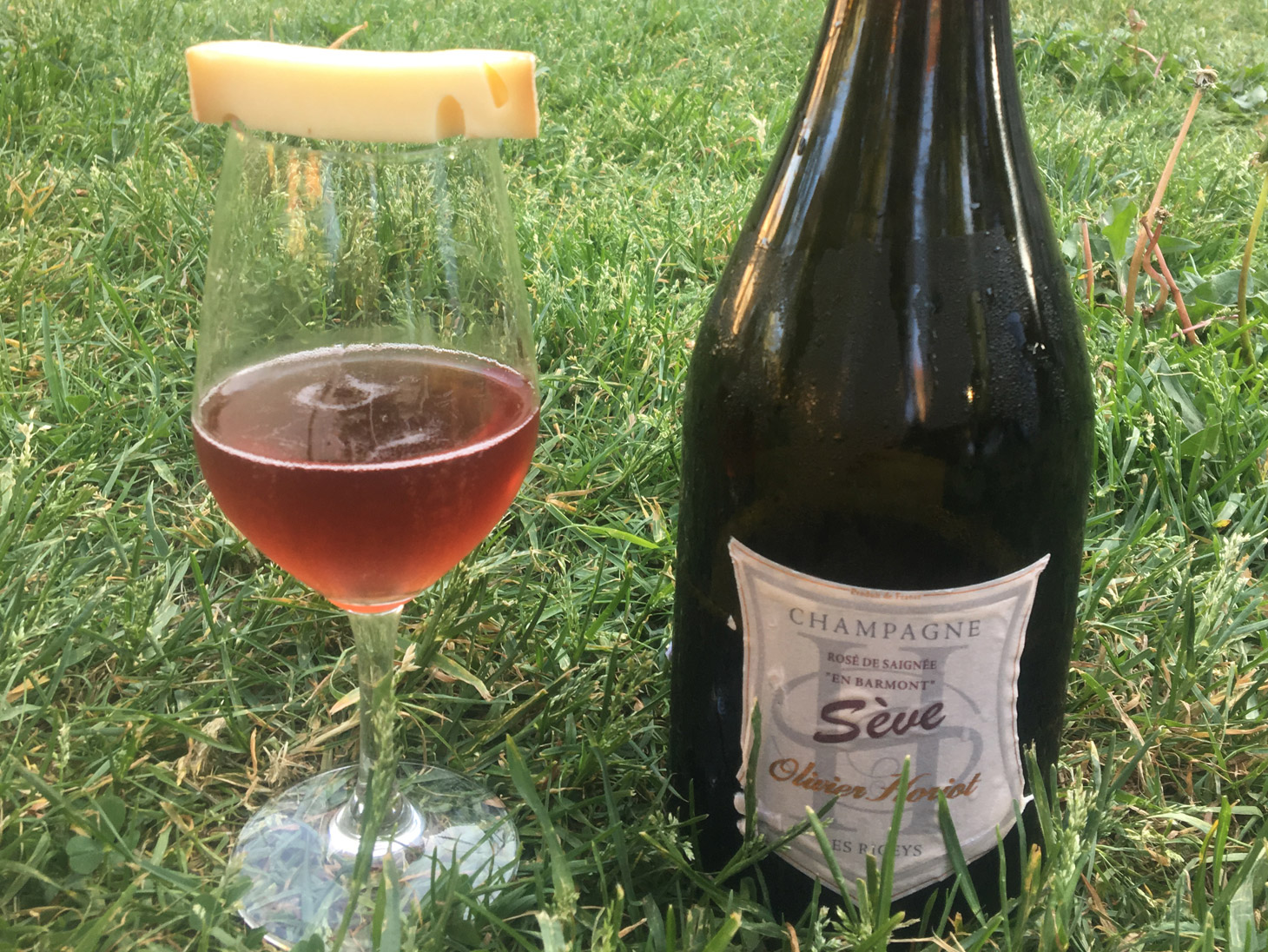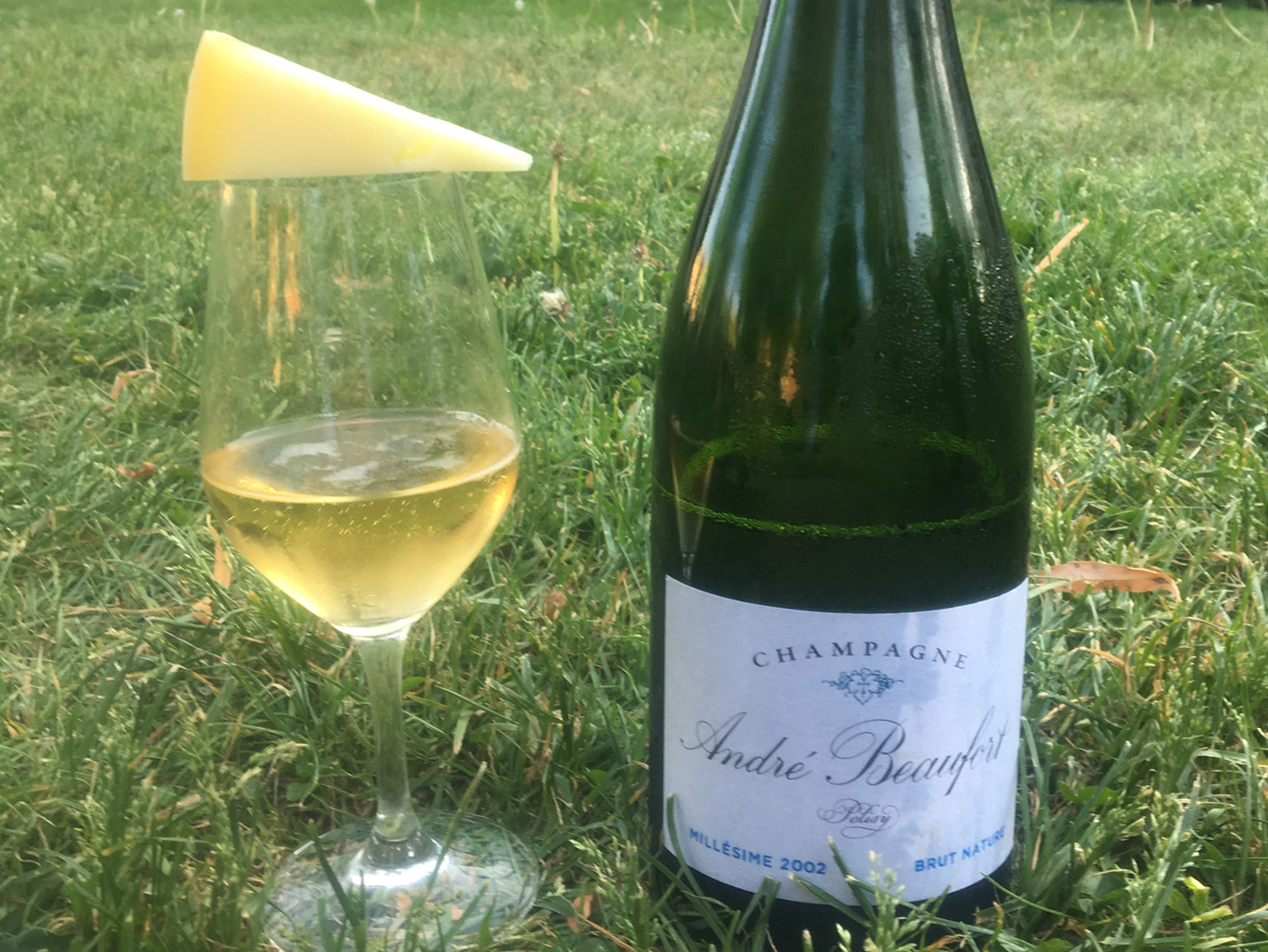
Terroir is a french word used to describe produce that holds certain characteristics due to nature and climate.
Often the easiest way to pair cheese with wine is to drink the wine that is made in the same terroir as the cheese. The easiest way is rarely the very best way, though. When it comes to Champagne and cheese this becomes very obvious.
The cheese that is made in Champagne area, such as Chaource fermier, Langres fermier and Brillat-Savarin, may very well suit the various forms of sparkling wines of the region, but they do so in a way that is undemanding, unchallenging and at times a bit dull. In my opinion, it is when you look at each style of Champagne with an open mind that you can find even more exciting pairings by trying to find the cheese with the most adapt flavour around the world.
With this in mind, my colleagues Oskar, Anders, Harry, and I went to seek the shade on a warm summer’s day in a small, less crowded public park in the center of Göteborg. We brought three very different Champagnes and cheese that we expected would enhance and enrich the experience.
Some combinations were just plainly nice, but we found three pairings that really stood out and made both the nectar and the ambrosia better!
Young Champagne
Aurélien Laherte makes wine in the the small village of Chavot, squeezed in between Côte des Blancs with its Chardonnay and the Marne valley with its Pinot Noir, which makes the terroir very special and interesting. The region has for a long time been seen as unique, but is yet to get a classification of its own. Aurélien took over the vineyard in 2005 and converted everything to biodynamic farming.
Ultradition is the name of the quite young and really well made Champagne from Laherte Frères and contains a mixture of the three main grape varieties in the area: Chardonnay, Pinot Noir and Pinot Meunier. It is high in minerality and acidity but has a really long finish. This light yet complex Champagne we paired with Toma Piemontese. The slightly grassy, acidic and minerally notes in the cheese enhanced the wine’s typical flavours while at the same time the taste of butter and milk together with the texture, where the Toma almost melts in your mouth, works as a nice counterpart to the small elegant bubbles and the high acidity in the young Champagne
Champagne Rosé
The Horiot family used to sell their grapes to the local cooperative until the year 2000, when Olivier Horiot started making wines himself, in the far south of Champagne. The region of Aube is more similar to Burgundy, due to the concentration of Kimmeridge clay in the soil. In the village of Les Ricey, Olivier makes dark and meaty sparkling rosés, and also still wines and light red wines.
We tried their Rosé des Riceys ”en Barmont” from 2010. This very impressive and flavourful sparkling rosé presented totally different demands. We decided to match its distinct taste of red berries with the well balanced Fontina DOP from Aosta valley. Had it been available, we would have chosen the Alpeggio made in the summer pastures, which has even deeper and more complex flavours, but in the beginning of the summer the production has barely started, and the cheeses are far from mature. Still we got the required yeastiness and sweetness with a very small hint of bitterness that really forced the wine to interact and the result was remarkable!
Old Champagne
André Beaufort started making wine in 1933 in Ambonnay, a small village south of Reims. In the late 1960’s André and his son Jacques decided to stop using pesticides due to allergy. In 1971, they were among the first producers in Champagne to get an organic certification. Now Jacques is making wines in both Ambonnay (1,6 ha) and Polisy (5,5 ha).
Millésime Polisy 2002 with no dosage proved with its 16 years to be something quite exceptional: full-bodied with grand aromas of yellow apples, gold and broth. With such flavours it had immense possibilities and it was a good match with almost anything. We tried it with a very young Pecorino di Osilo, or Casu Cottu as it is also called, by Leonardo Pulinas in the north of Sardinia. We were all speechless. When young, this very minerally, buttery and grassy Pecorino has fresh and salty taste notes reminding of the Mediterranian sea, and this transformed the whole experience into pure poetry.
The tasting team
David Andelius - Cheeselover since birth, David has worked for 15 years at Hilda Nilsson Ost in Göteborg, Sweden. At 6 m2, he and co-owner Peter keep at least 320 various kinds of unpasteurised cheese from all over Europe counting, among others, around 25 pecorinos from all over Italy. Apart from offering cheese and wine tastings for the public, he also works closely with many of the most ambitious restaurants in Göteborg.
Oskar Ahlvin - At the age of 18 he was the youngest sommelier graduate ever in Sweden and has worked at several Michelin starred restaurants before joining the Hilda Nilsson Ost last autumn.
Anders Arena - He has for many years managed Restaurang Vatten on the west coast of Sweden and in recent years started working at a small wine import company called Vin & Natur that specialises in small quality minimal intervention producers counting many of the most exciting in Champagne.
Harry Wong - A renowned chef in Göteborg, a part time employee at Hilda Nilsson Ost and behind the camera on this occasion.
David Adelius






